Song 5 (1964)
SONG 5: A childbirth song (the Songs are a cycle of silent color 8mm films by the American experimental filmmaker Stan Brakhage produced from 1964 to 1969).
SONG 5: A childbirth song (the Songs are a cycle of silent color 8mm films by the American experimental filmmaker Stan Brakhage produced from 1964 to 1969).
Tobin, a transgender teen living in Squamish, BC, prepares for his acting debut where he’ll be playing a male leading character in the youth play. While rehearsals are in progress, his friends and chosen family band together to help remove him from a difficult living situation and connect him the support he needs.

Filmmaker Alain Resnais documents the atrocities behind the walls of Hitler's concentration camps.
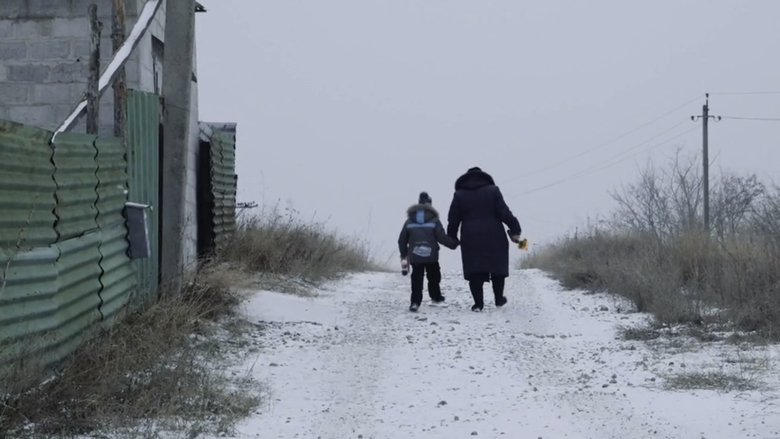
The film follows 10-year-old Oleg, whose life has been turned upside down by the ongoing war in East Ukraine. Oleg lives with his beloved grandmother Alexandra in a small house in a village on the frontline. Most people have left the village, but Oleg and Alexandra love their life together there and want to stay on and take care of each other. But life is becoming more and more difficult and the war does not seem to end.
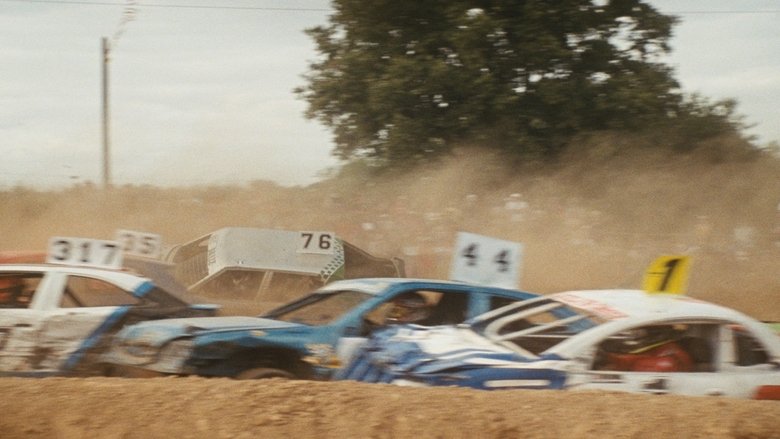
Through a powerful visual metaphor, Camille Vigny gives a first-person account of the domestic violence she suffered. The images and text interact with remarkable precision to convey the devastating impact of the cataclysm. It's a political gesture, brimming with courage, an icy cry that takes your breath away.
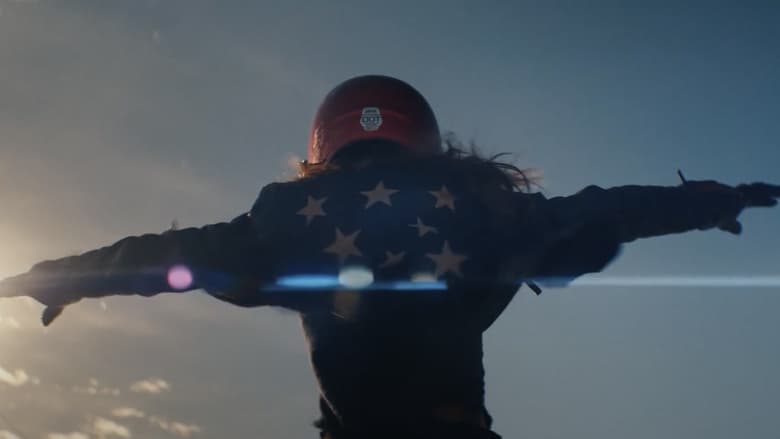
Rae Ripple, a welder from the outskirts of West Texas transforms neglected metal into works of art and in the process finds healing from her traumatic past.
A compilation reel of local movie theatre trailers for upcoming events, such as a “Bug-o-Rama” festival and a “Marathon of Fright.”
A fictional documentary that portrays the city of Dakar, Senegal, as we hear the conversation between a Senegalese man (the director, Djibril Diop Mambéty) and a French woman, Inge Hirschnitz. As we travel through the city in a picturesque horse drawn wagon, we chaotically rush into this and that popular neighborhood of the capital, discovering contrast after contrast: A small African community waiting at the Church's door, Muslims praying on the sidewalk, the Rococo architecture of the Government buildings, the modest stores of the craftsmen near the main market.

Film is made out of gelatin that comes from horses. They’re waiting to be slaughtered, so that pictures can be made. Many years ago we learned the language of our masters. Though we couldn’t help wondering why so few of you bothered to learn ours. Three scenes featuring horses, remembering Jacinto. The first is a daytime forest haunting that winds up at a carousel, the second a rainy street in Portugal, the finale a nighttime vigil of fire and water.
Nostradamus writes a letter to his young son, and his prophecies are compared to events of the French Revolution.
A classic NFB documentary about the Golden Gloves boxing tournament, the Canadian amateur's hope for success in the boxing world. This Gilles Groulx film shows three Montreal boxers in training. In behind-the-scenes interviews they talk about their ambitions and what prompted them to take up the sport. - NFB
Tommy Davis asks dentist Dr. Hendricks about his older brother Jim, a star halfback who failed his Annapolis dental examination. The doctor offers good advice, the kind one should share with his friends. Tommy invites his whole gang to hear Dr. Hendricks explain the importance of dental health and how dental disease can be controlled. Dr. Hendricks tells a fascinating story. He talks about mouth hygiene, dental care and the role foods play in protecting dental health. Tommy and his friends learn the facts, and the care of their teeth and health takes on a new, highly important light. As for Jim, he profits, too. The story ends on the note that dental health is essential in health generally, appearance and personality.
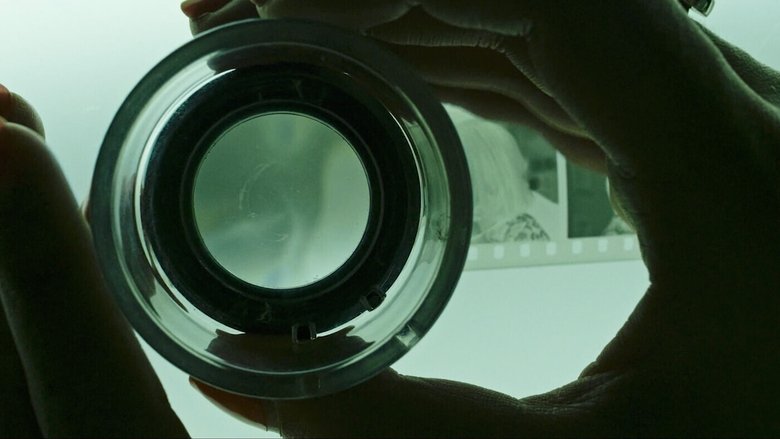
A box of stunning family photos awakens grief and lost memories as they are viewed for the first time on camera.
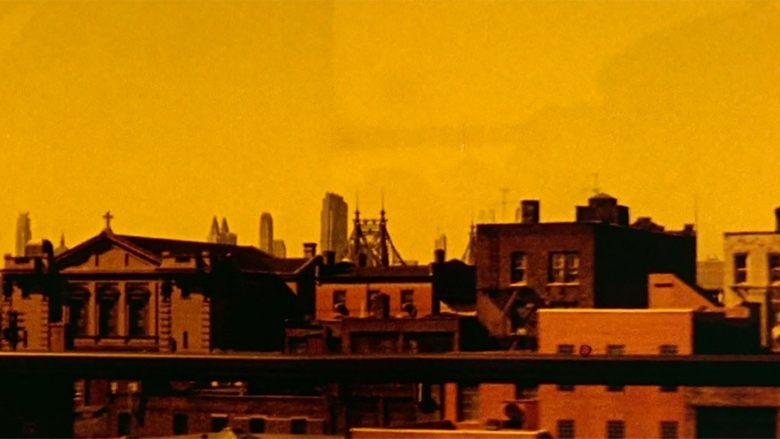
Set to a classic Duke Ellington recording "Daybreak Express", this is a five-minute short of the soon-to-be-demolished Third Avenue elevated subway station in New York City.
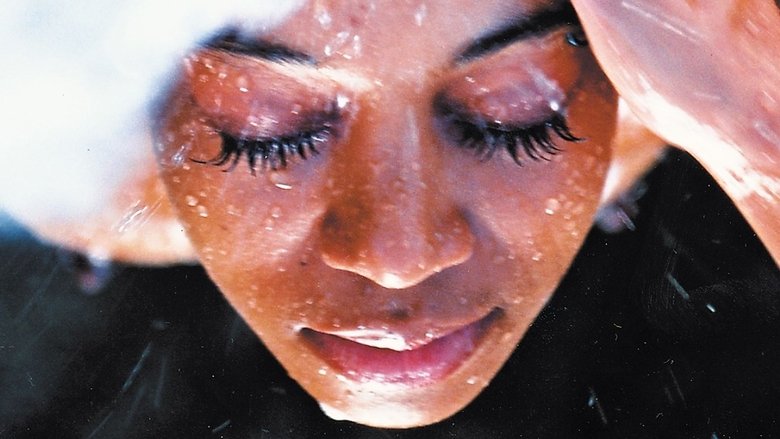
Lisa 'Left Eye' Lopes was the hip-hop voice of TLC, the best selling female R&B group of all time. On March 30th, 2002, Lisa decided to document her life. She filmed at a mysterious spiritual retreat deep in the jungles of Honduras, but 26 days later, after a tragic accident, she was dead and her unedited tapes were left behind. Last Days of Left Eye is the re-imagining of the film Lisa never got to complete. Revealing private moments from Lisa's journals and home movies, along with highlights from her celebrated career, this film is an intimate journey into the soul of a talented and still provocative young artist. Directed by Lauren Lazin, Academy Award nominated director of Tupac: Resurrection (2005, Best Documentary Feature), Last Days of Left Eye has screened to sold-out audiences at film festivals around the world.
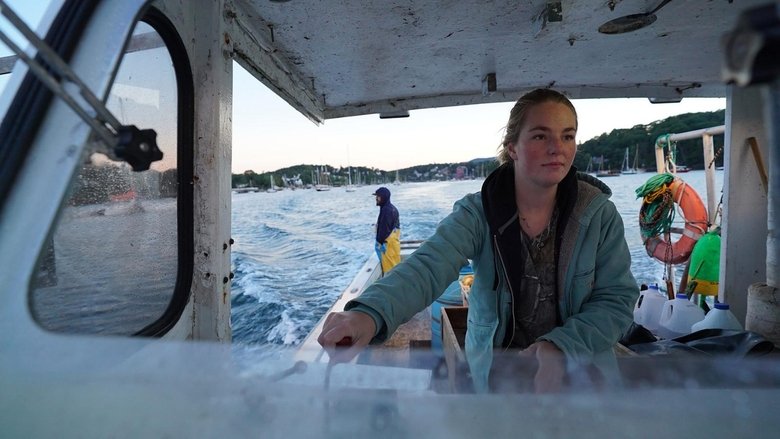
Of Maine’s more than 5000 commercial lobstermen only 4% are female. The Captain celebrates that fearless minority through the lens of Sadie Samuels. At 27 years old, she is the youngest and only female lobster boat captain in the Rockport, Maine harbor. Despite the long hours and manual labor of hauling traps, Samuels is in love — obsessed even — with what she calls the most beautiful, magical place on the planet. Her love for lobster fishing was imparted early in her childhood by her dad Matt, who has been her mentor and inspiration since she was a little girl in yellow fishing boots.
A tribute not so much to the river that runs through the Eternal City, but to that part of Rome that very often remains invisible to the eyes of tourists-the suburbs, with their streets and rituals.
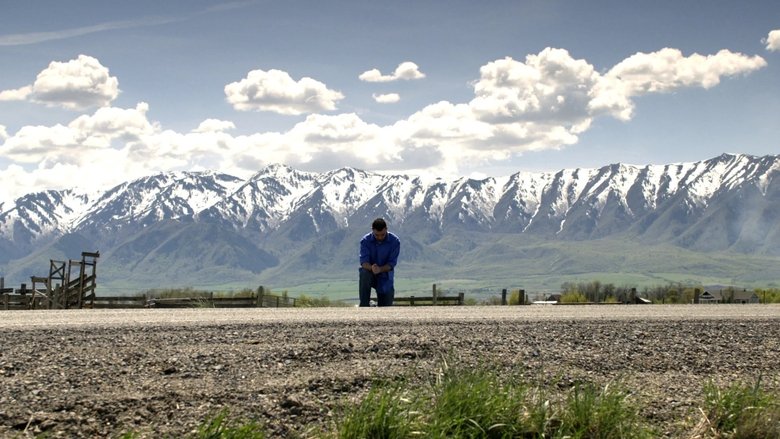
Stories of serious traffic accidents caused by texting and driving are told by the perpetrators and surviving victims.
This John Nesbitt's Passing Parade short tells the story of Alfred Nobel, who invented dynamite, and later established the Nobel Prize.